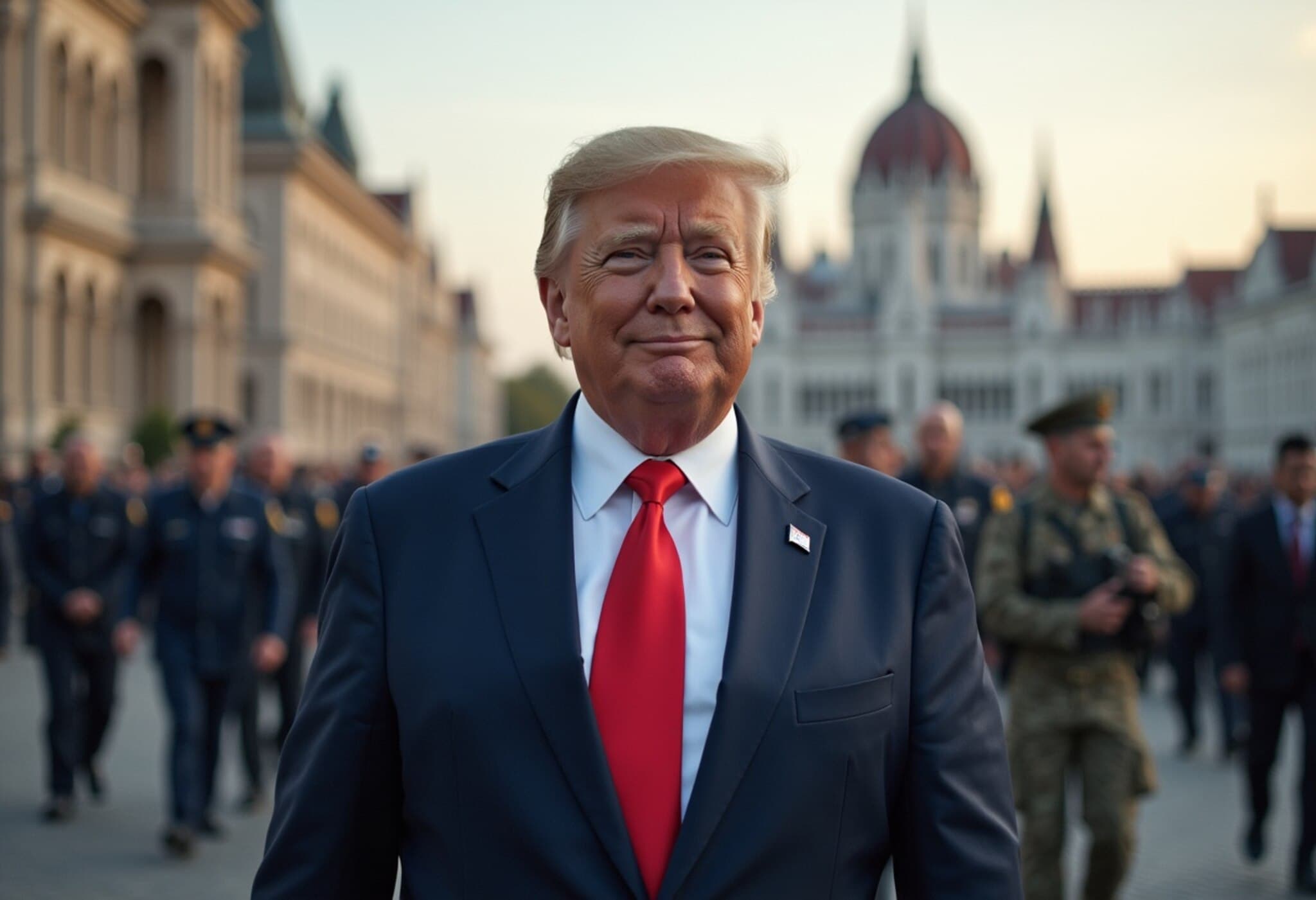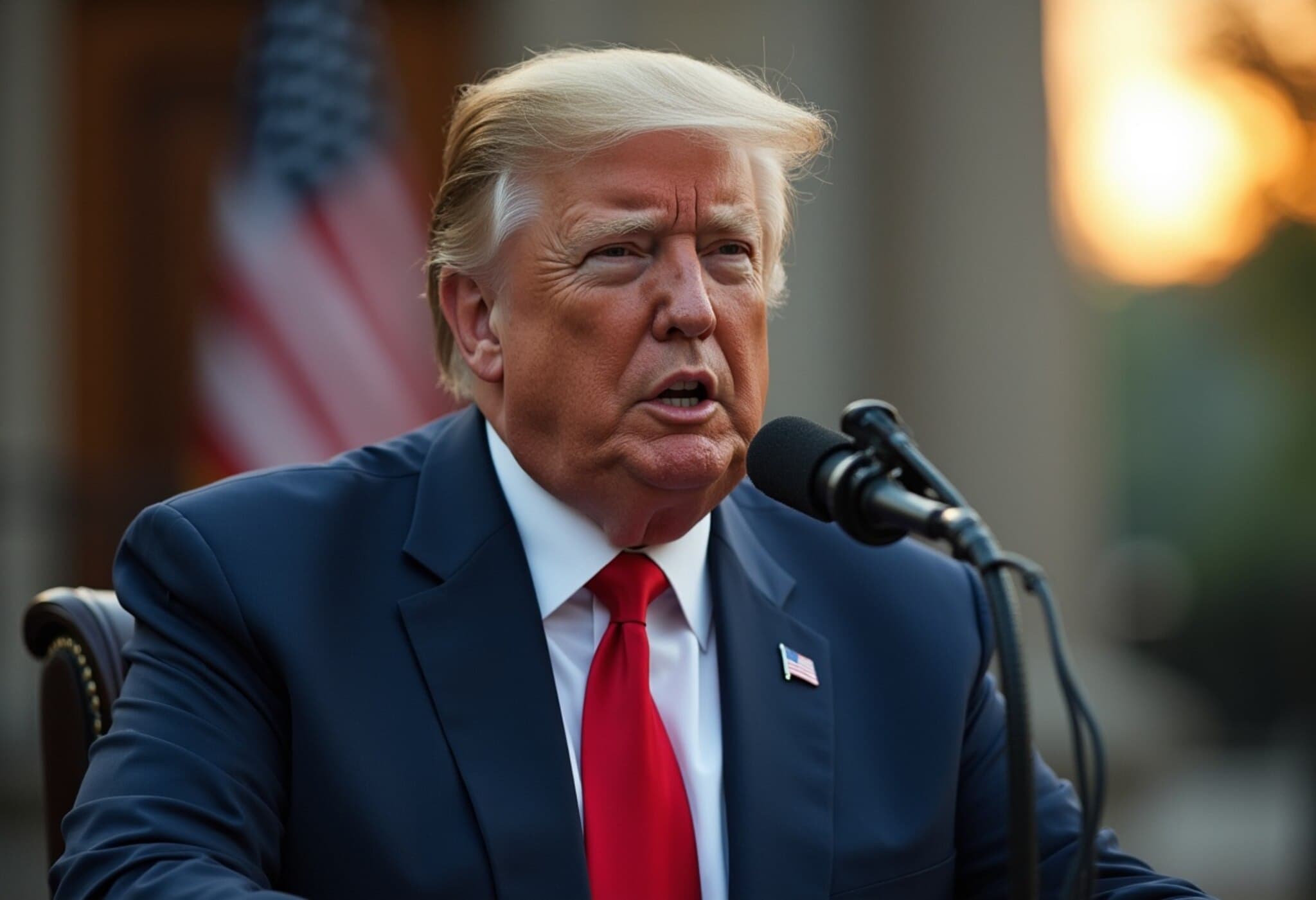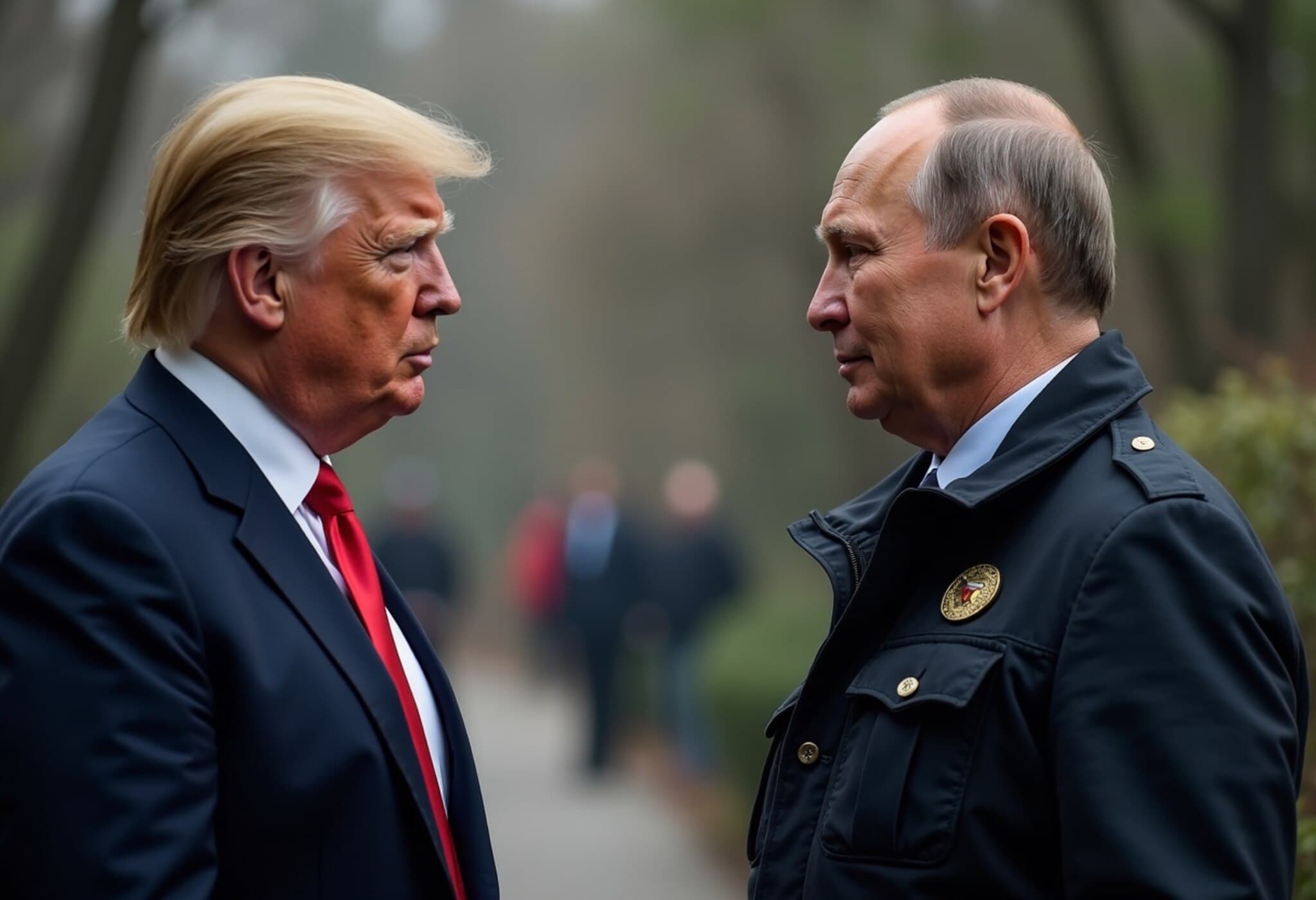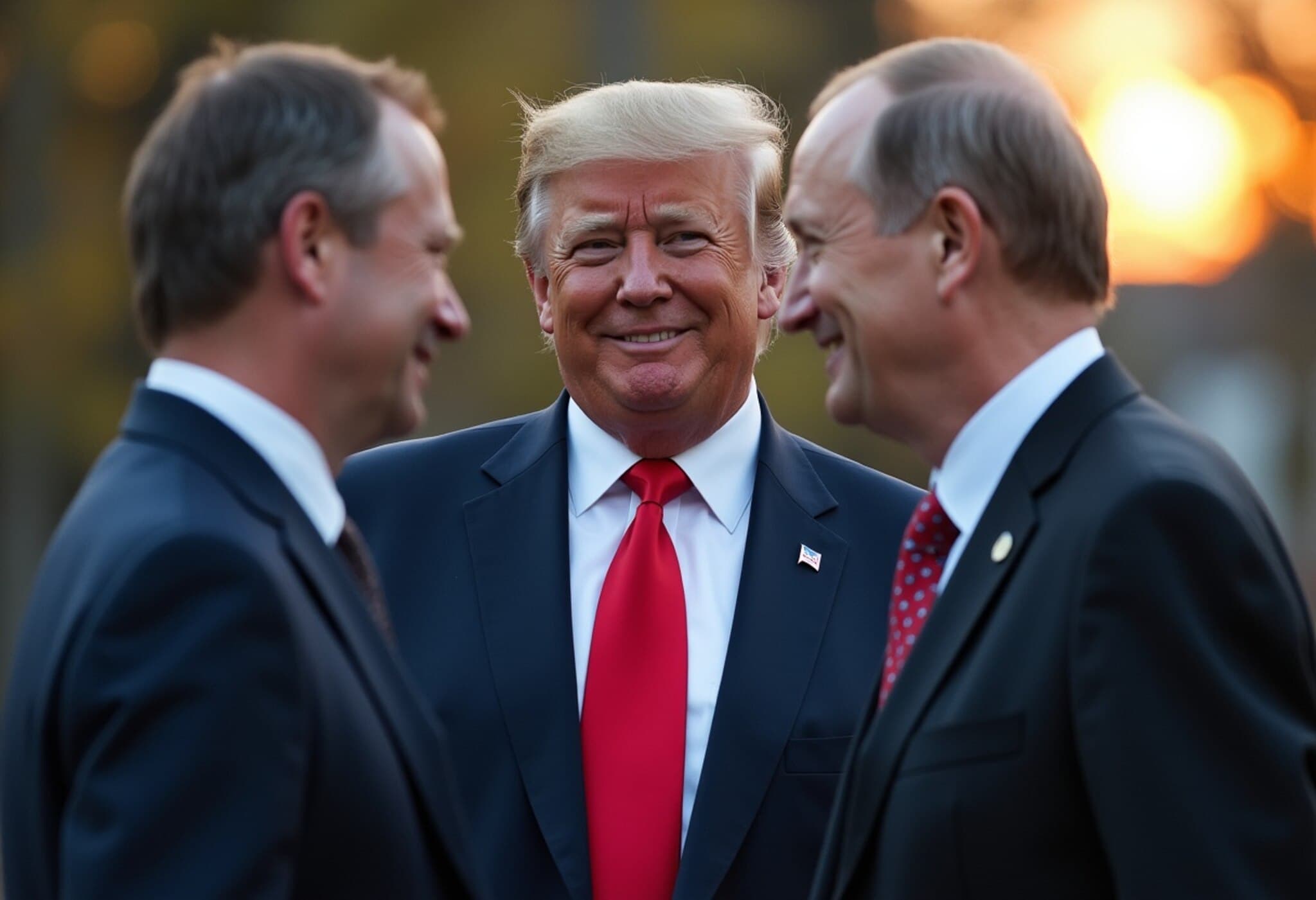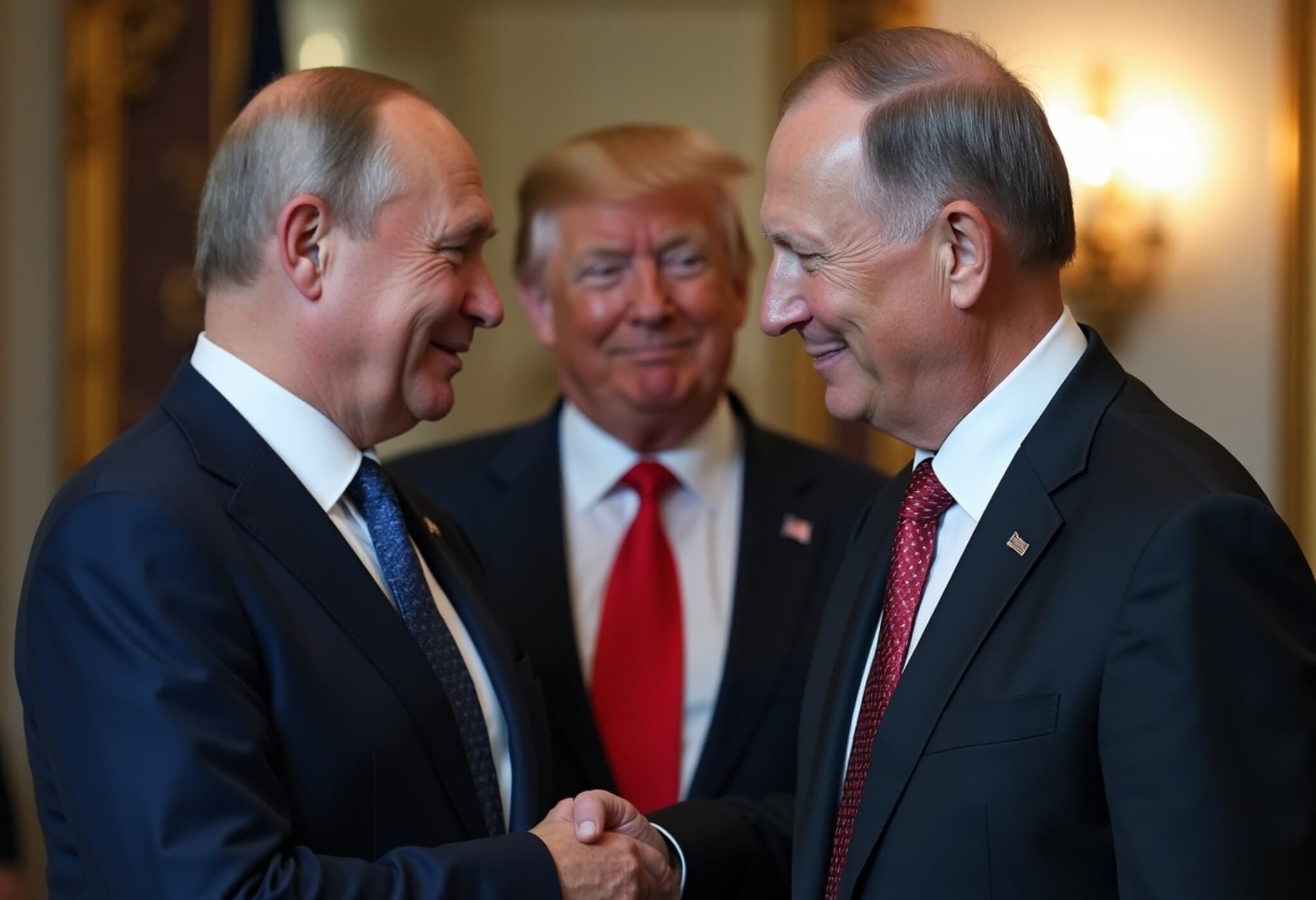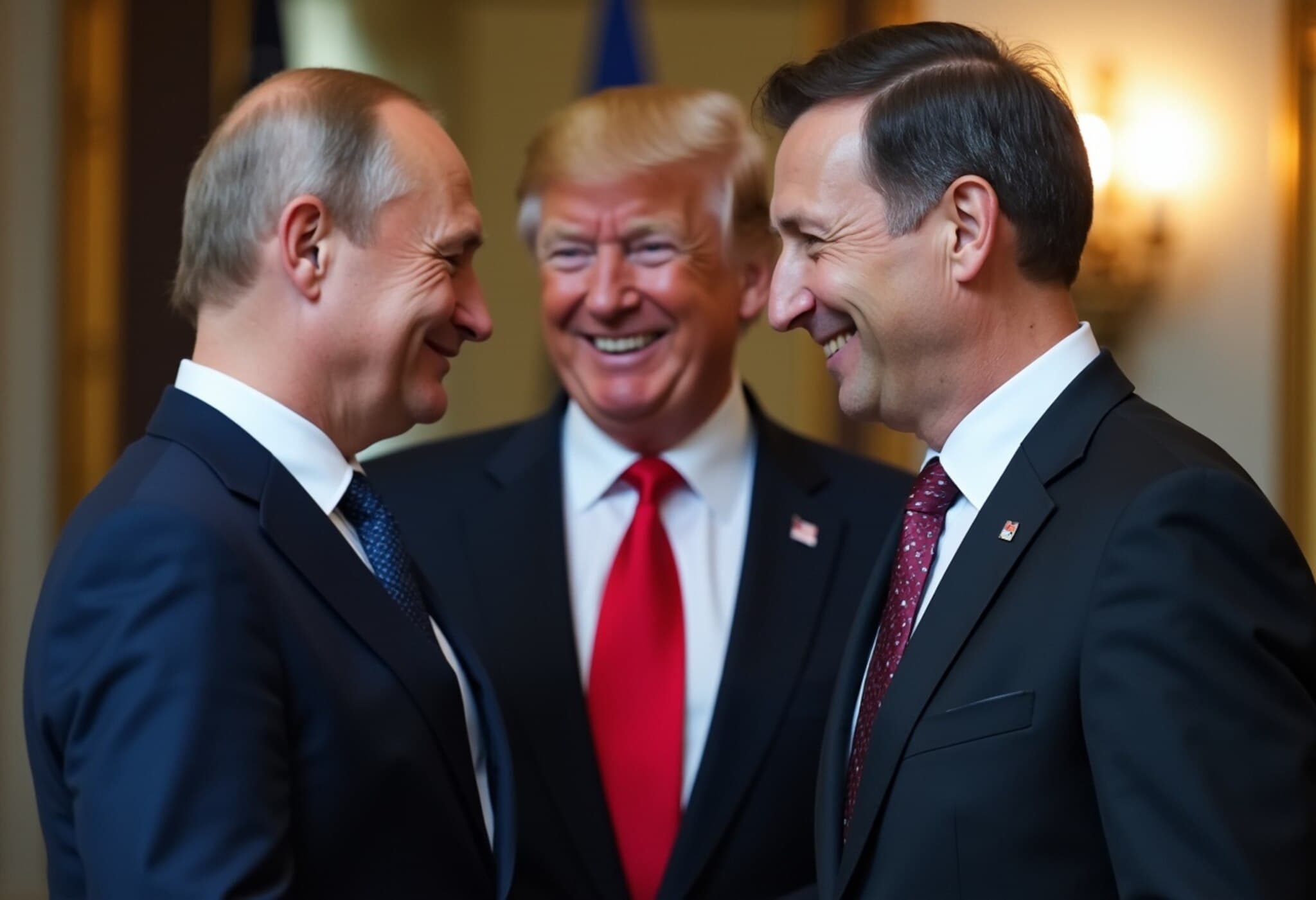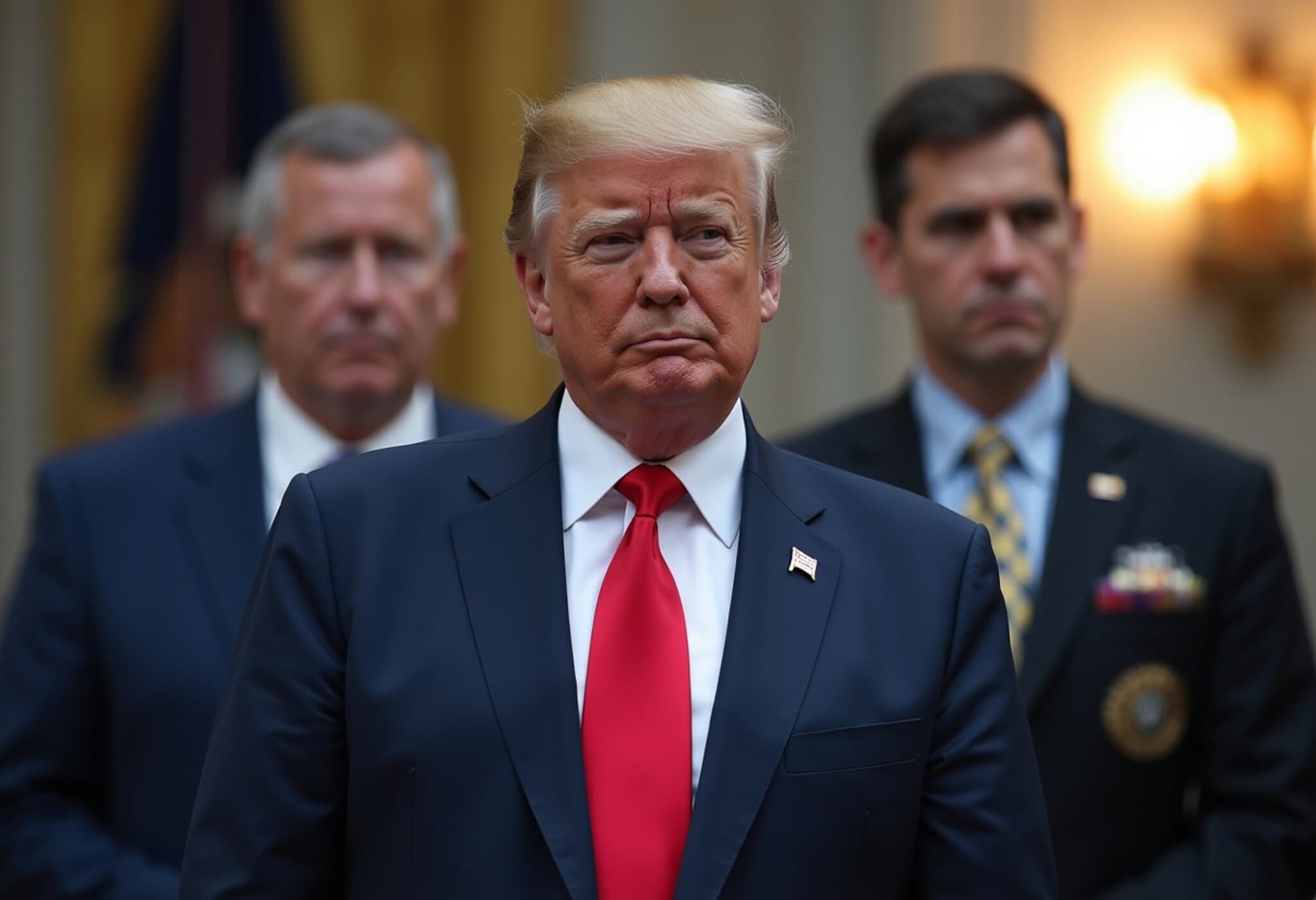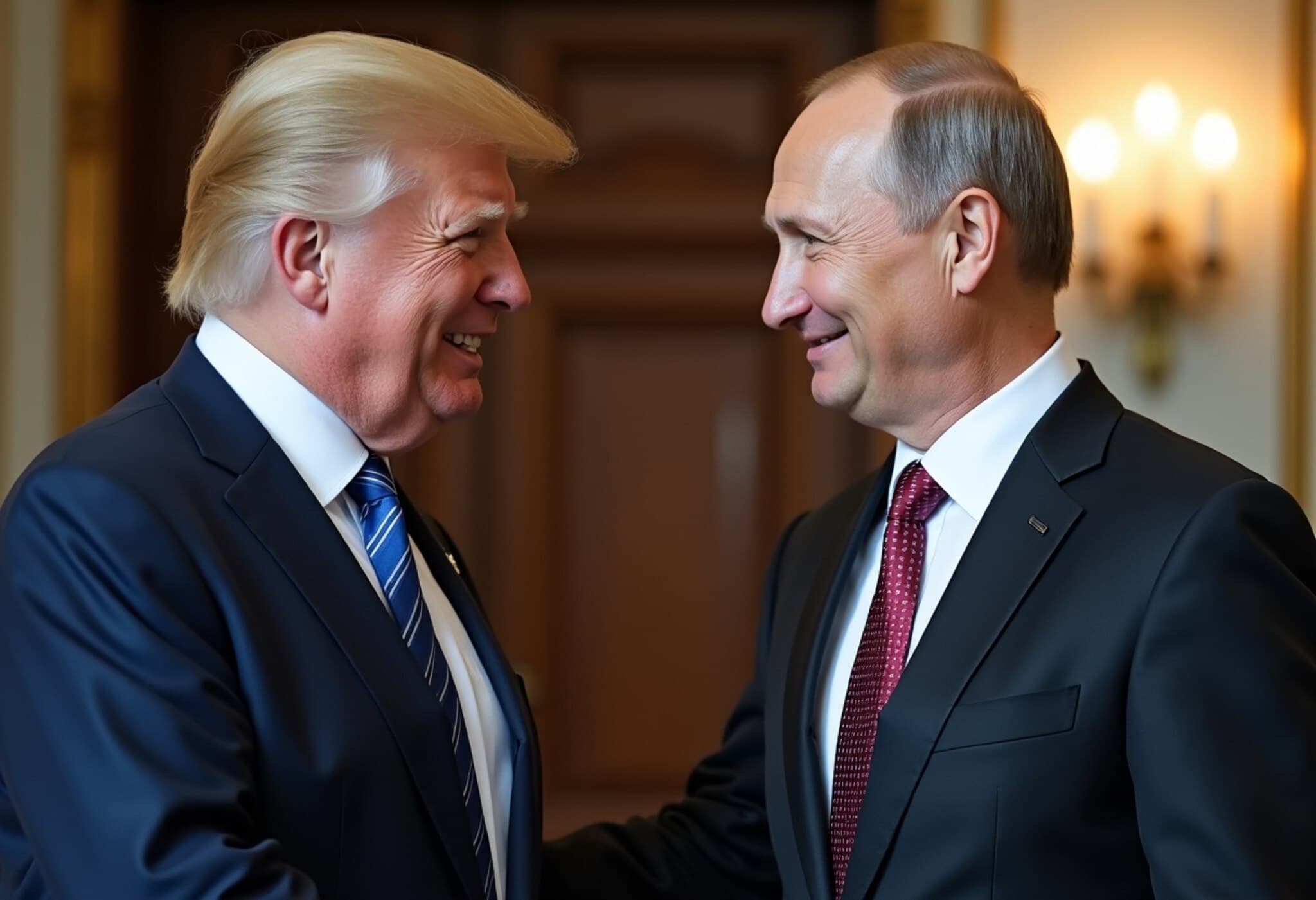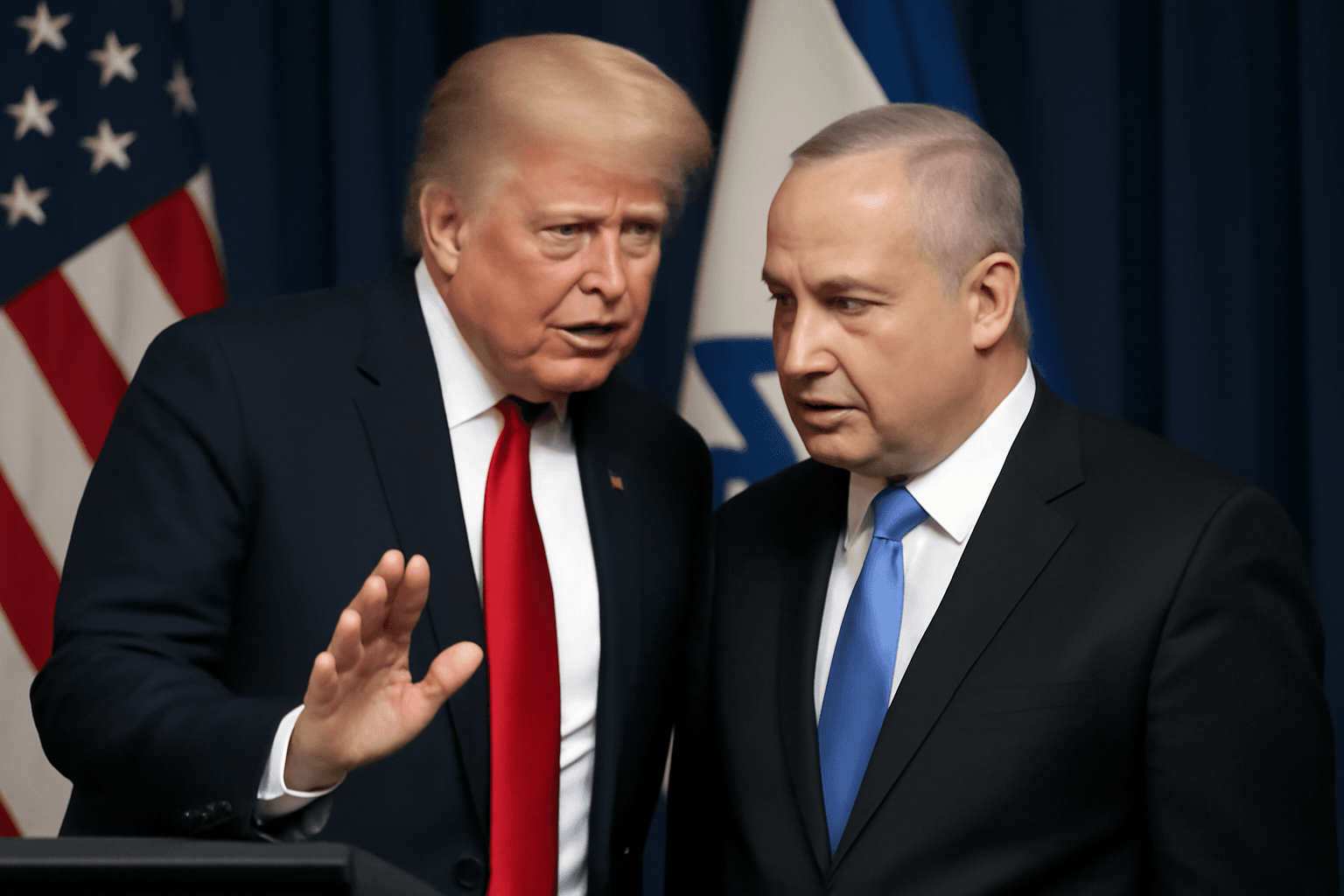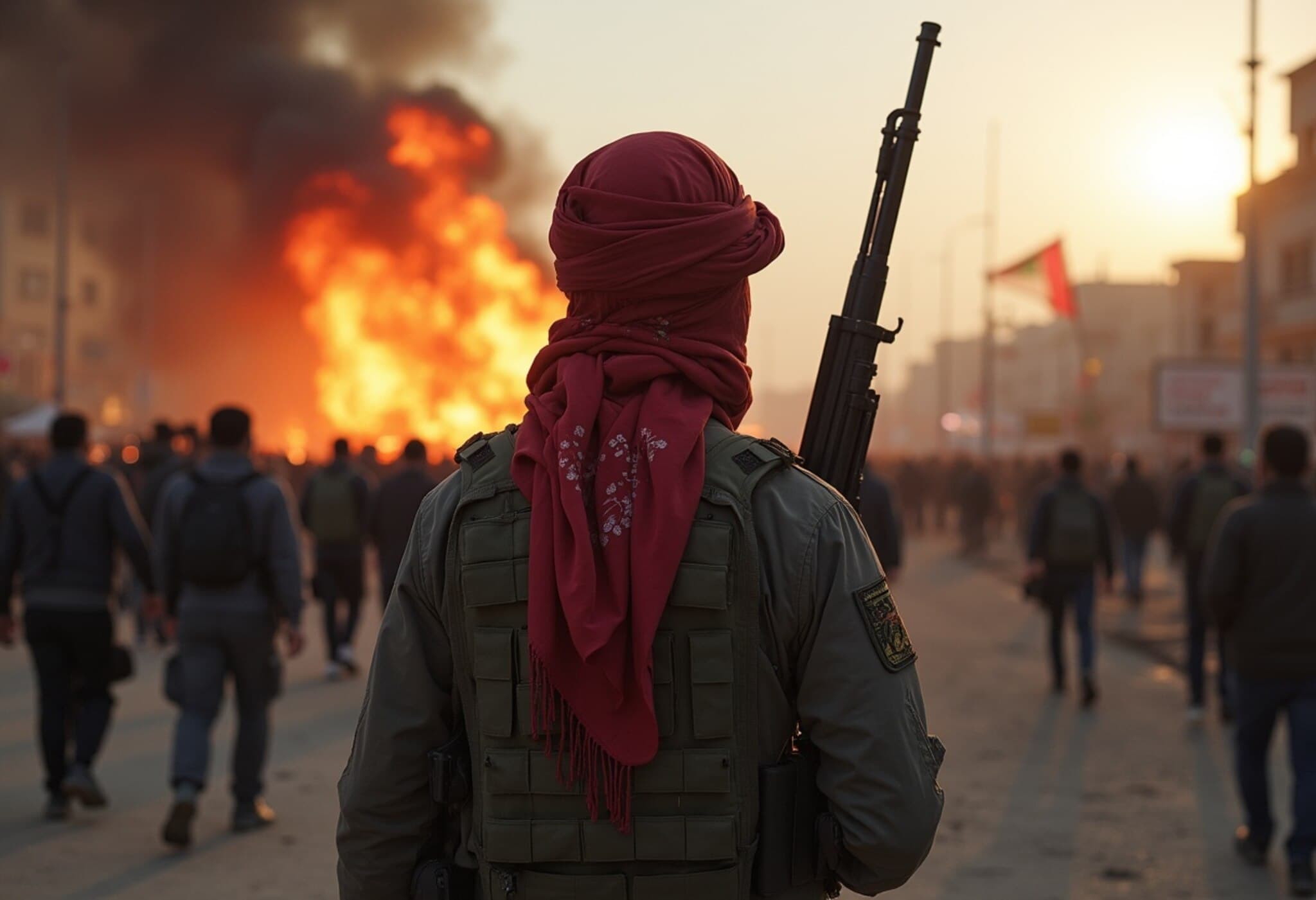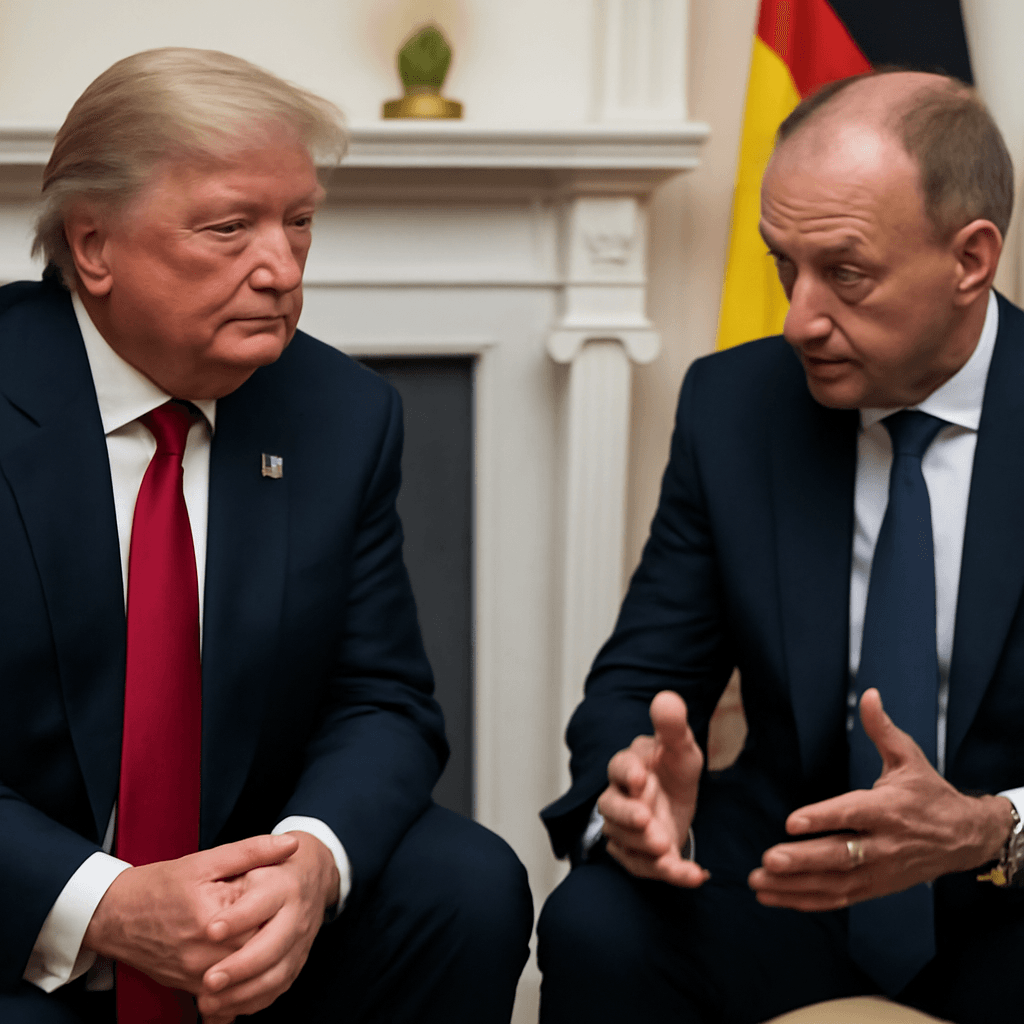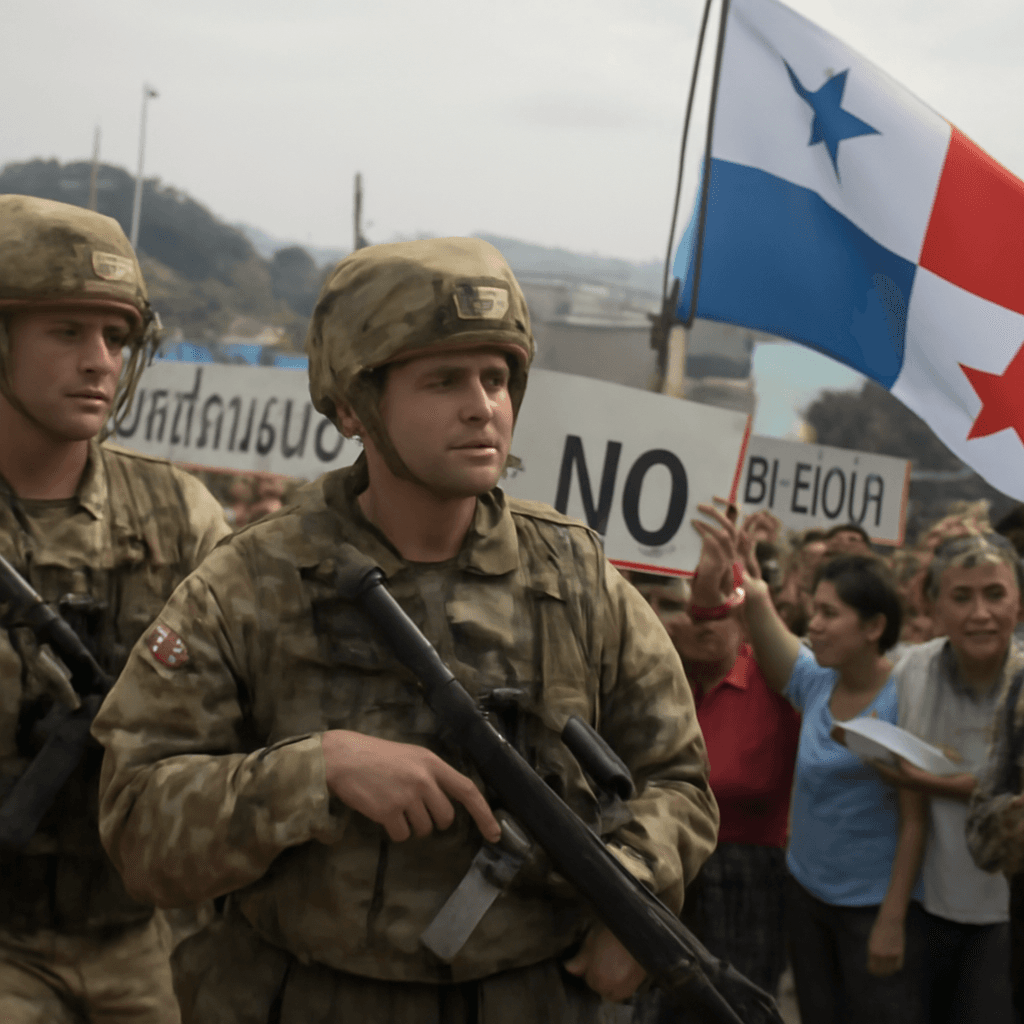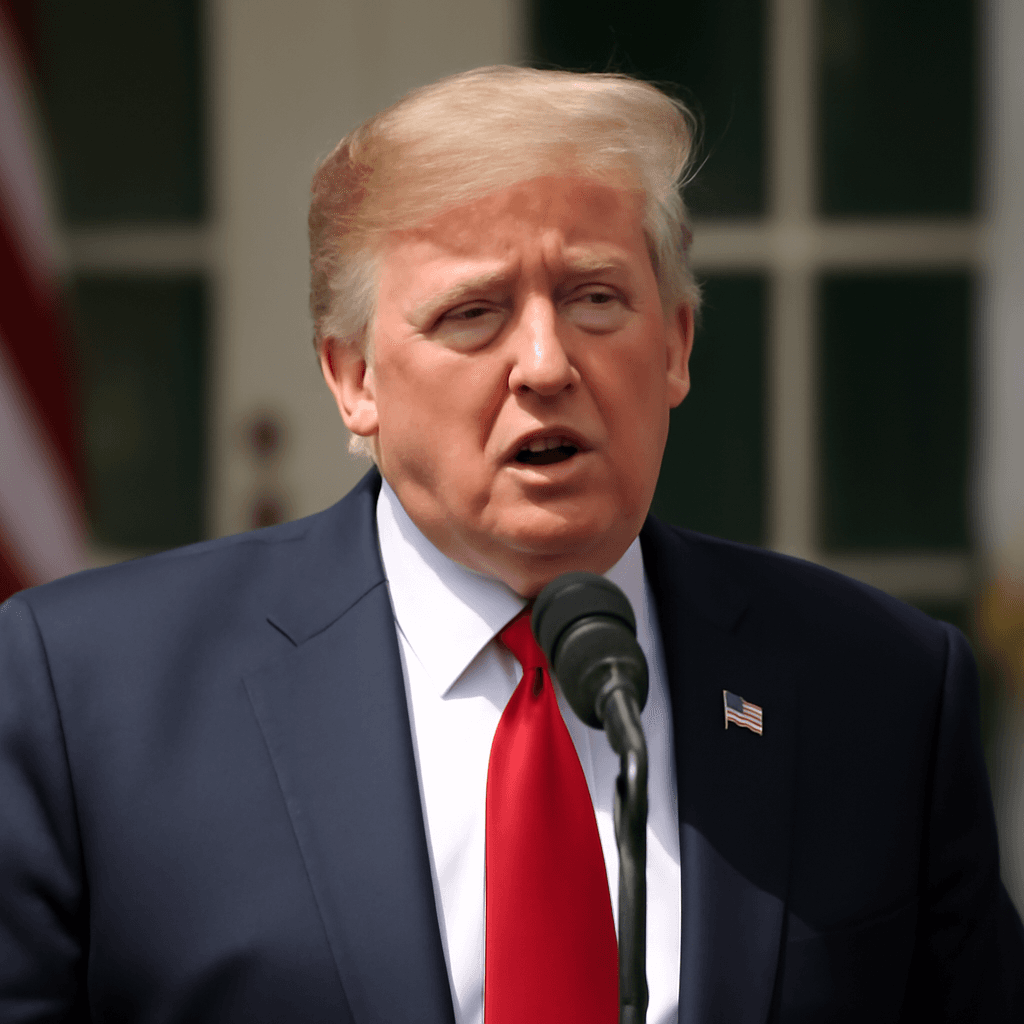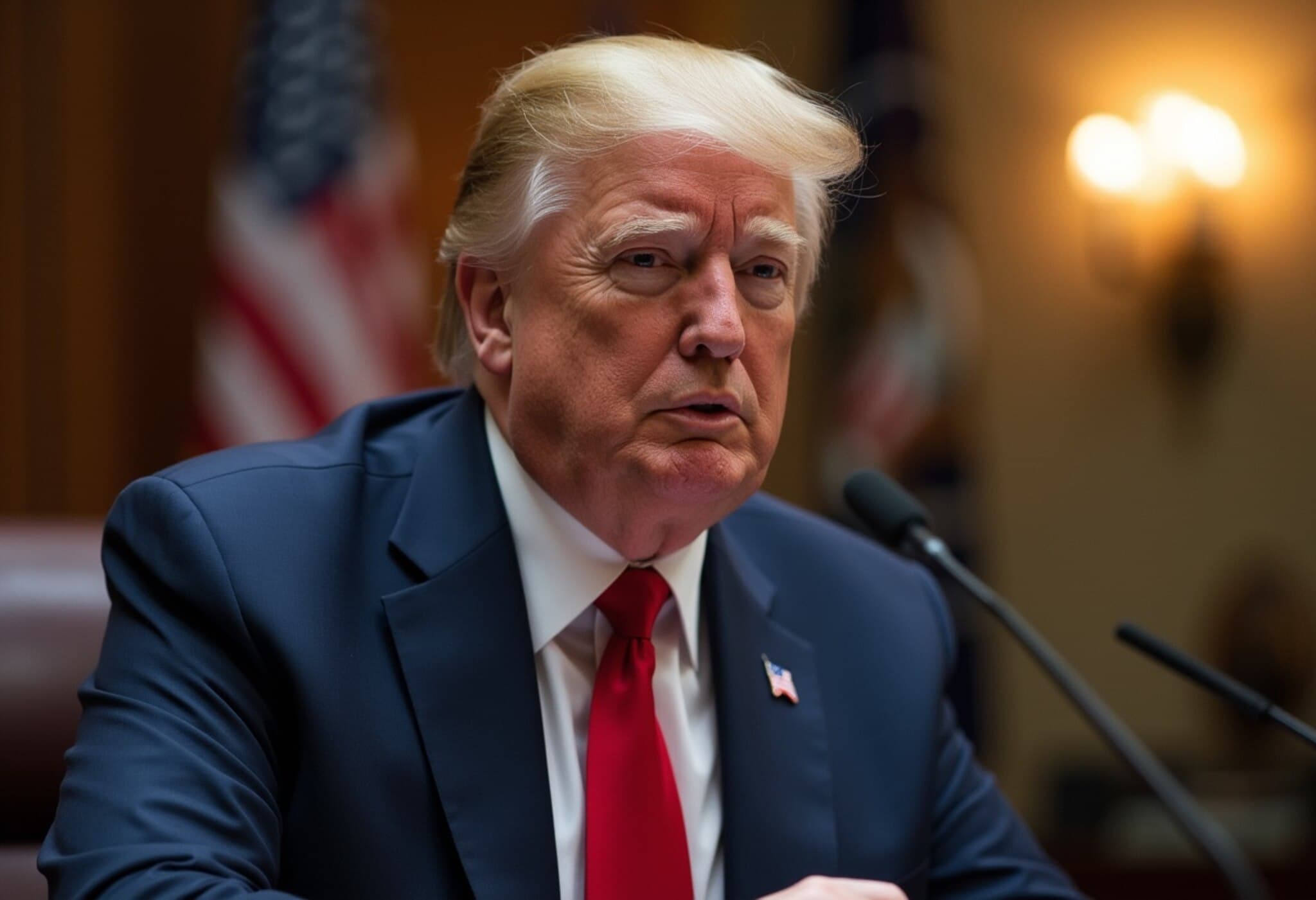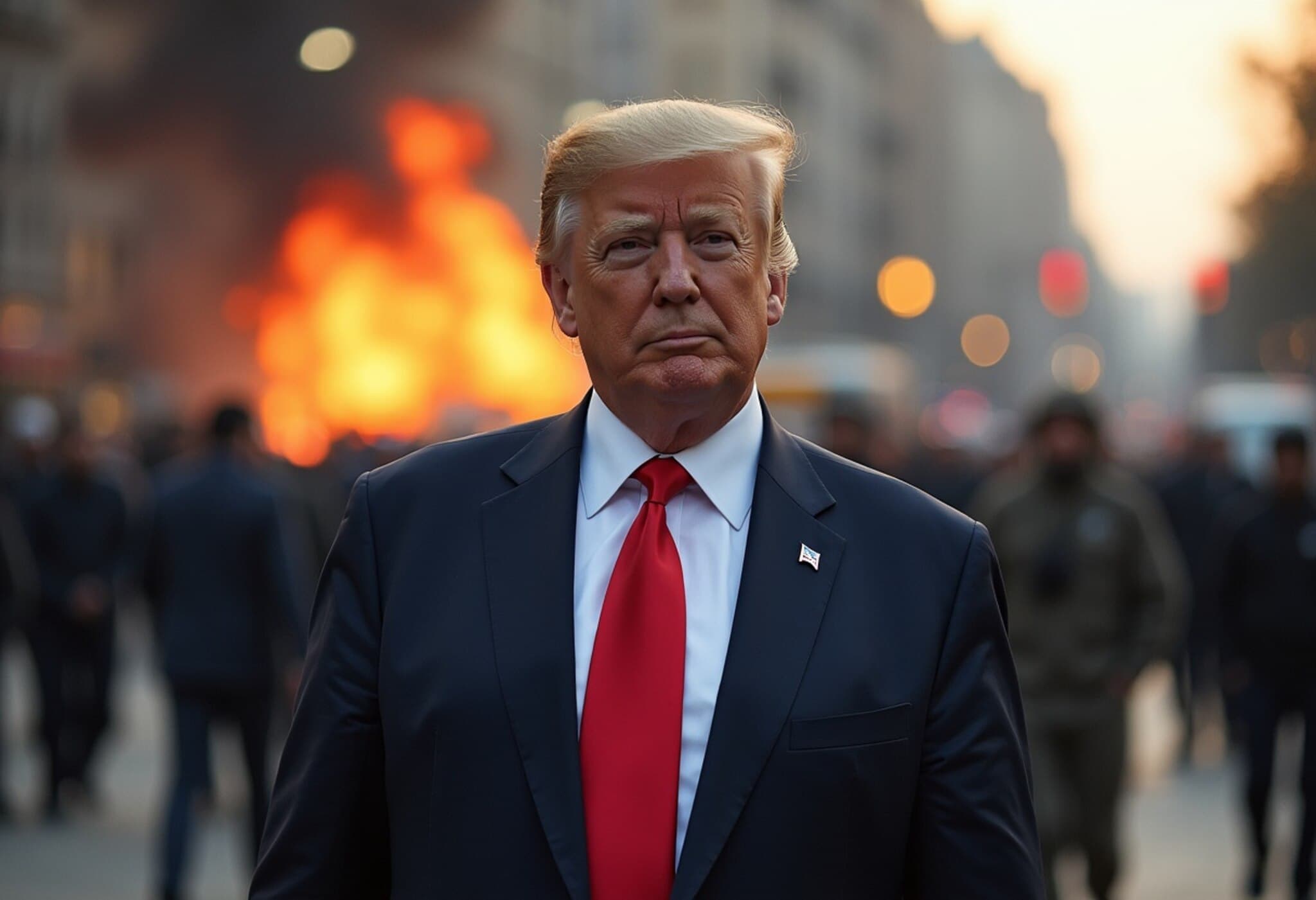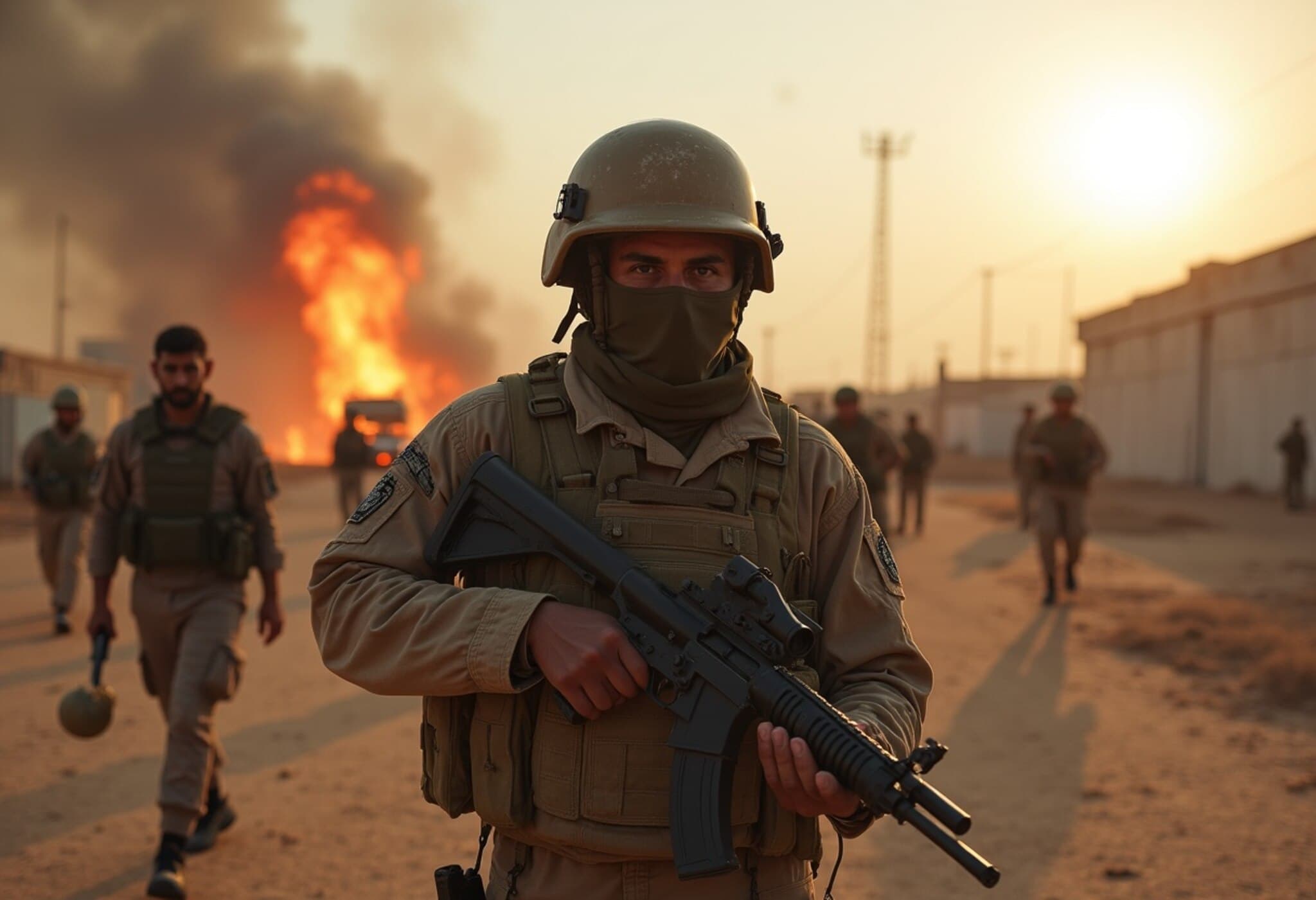A Symbolic Venue for a Critical Summit
The White House is reportedly contemplating hosting a high-stakes peace summit in Budapest, Hungary, aimed at bringing together the leaders of Russia, Ukraine, and the United States. This move comes as part of a renewed push to resolve the protracted conflict between Russia and Ukraine, a crisis that has gripped the global geopolitical landscape for over a decade.
But the choice of Budapest as the potential venue carries a deep and somewhat painful historical resonance for Ukraine. Budapest was famously the site of the 1994 Budapest Memorandum, an agreement in which Russia, the United States, and the United Kingdom pledged to respect Ukraine’s sovereignty in exchange for the latter’s commitment to give up its nuclear arsenal. That pact proved tragically hollow when Russia annexed Crimea in 2014 and later launched a full-scale invasion, violating the very assurances it once gave.
Current Diplomatic Dynamics
According to a detailed report by Politico, the White House has integrated top officials, including the US Secret Service, in planning this potential trilateral summit. The meeting’s full realization remains uncertain — neither the White House nor the involved parties have officially confirmed Budapest as the venue. White House Press Secretary Karoline Leavitt sidestepped direct confirmation when asked about the location, highlighting the delicate and fluid nature of the ongoing diplomatic efforts.
Meanwhile, Russian President Vladimir Putin has expressed a preference for hosting any talks in Moscow, and French President Emmanuel Macron has been advocating for Geneva to serve as neutral ground. Switzerland even went so far as to offer Putin immunity from an international war crimes warrant as an incentive to host talks there, underscoring the extraordinary measures the international community is willing to consider to bring both sides to the negotiating table.
Role of Key Players and Challenges Ahead
- Donald Trump's Involvement: Former President Trump announced on social media that he intends to participate in the summit if it proceeds, signaling his personal investment in mediating the conflict. His close ties with Hungarian Prime Minister Viktor Orbán, a fellow conservative figure and strong US ally, add a layer of geopolitical complexity to the potential choice of Budapest.
- Russian Caution: Russian Foreign Minister Sergey Lavrov cautioned that Moscow prefers a gradual, step-by-step diplomatic approach, starting with expert-level talks and moving cautiously towards any direct engagement with Ukraine’s President Volodymyr Zelenskyy.
- Ukrainian Readiness: President Zelenskyy has expressed willingness to meet, underlining Ukraine’s openness to dialogue despite the ongoing conflict’s devastating toll.
Broader Security Framework and Military Coordination
Behind the scenes, the United States is ramping up military and diplomatic coordination with European allies. High-level meetings are scheduled involving the US Chairman of the Joint Chiefs, Gen. Dan Caine, together with senior officials from Germany, France, the UK, Finland, and Italy. These discussions aim to hammer out potential security guarantees for Ukraine and how they might be implemented on the ground.
Similarly, NATO defense chiefs will convene virtually to evaluate cooperation frameworks and discuss the possibility of deploying peacekeeping forces to Ukraine. These developments reflect the size and complexity of efforts required to support peace processes amidst ongoing hostilities.
Expert Insight: The Irony and Stakes of Budapest
The selection of Budapest is laden with symbolism. For Ukraine, it is a stark reminder of promises broken. For the international community, it represents a chance for redemption — to forge a new path forward from a site once associated with strategic failure. Hosting such talks in Hungary, under the leadership of Prime Minister Orbán, who has maintained close ties with Trump and a somewhat ambivalent stance on Russia, adds further geopolitical nuance.
From a US policy perspective, this summit could signal a renewed commitment to multilateral diplomacy aimed at de-escalating one of the most dangerous conflicts of our time. Yet the challenges remain staggering: distrust between Moscow and Kyiv runs deep, and the shadows of past betrayals linger.
Conclusion
As diplomatic channels open and close with cautious hope, one truth emerges: the quest for peace must navigate a minefield of history, politics, and international law. Whether Budapest becomes the place where new agreements are forged, or merely a footnote in ongoing strife, depends on the collective will and trust of leaders — a fragile but essential ingredient for any lasting resolution.
The idea of peace talks in Budapest encapsulates the paradox of international diplomacy, where past failures and present aspirations collide. Readers should watch closely how trust-building efforts evolve, especially considering the implications for global security frameworks and the precedent it sets for honoring international agreements. Will this be a turning point or yet another chapter in a long saga of broken promises? The world watches with cautious anticipation.

